THOMAS NEUKIRCH ESTADOS DE ÁNIMO

STATES OF MIND






#ExpoEstados
MUSEO DE ARTE DE ALMERÍA
espacio 2
SALA JESÚS DE PERCEVAL
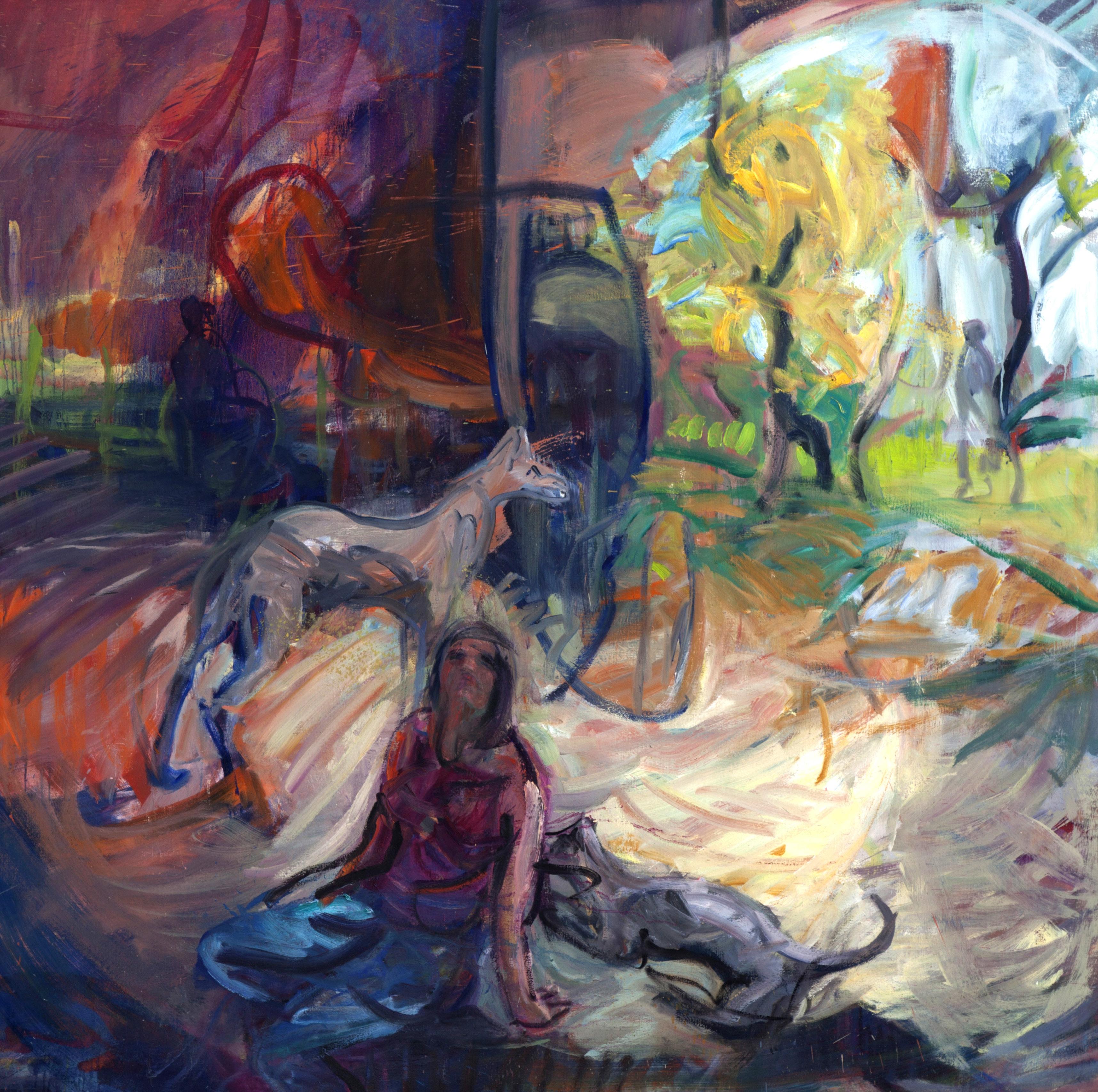

En un lugar apartado del mundo, entre Sorbas y Mojácar, junto a una rambla seca, más camino que lecho, tiene su casa el artista alemán Thomas Neurkirch, que como José Ángel Valente me gusta pensar que vino a Almería en busca del país donde florece el limonero. Son estas tierras almerienses más fértiles, y generosas de lo que uno pudiera imaginar: almendros, olivos y naranjos se prodigan cerca de la costa, bañados de sol y de sal, y de tanto en tanto ocultando una vieja construcción, antiguas casas de labor con cuadras y huertos, y el rastro de lo que un día tuvo que ser una era y es hoy solo un círculo mágico, anónimo land art. Seguramente muchas de estas construcciones serían ruinas sino fuera por el amor de unas gentes, la mayoría extranjeras, que cuidan aquello que nosotros abandonamos pensando que así dejábamos atrás un tiempo de penuria y necesidad. En una de esas cortijadas reconstruidas, alejado del mundanal ruido, vive Thomas intentando reconciliar el espíritu del hombre con el de la tierra. Su casa, sencilla, de una arquitectura sin arquitectos, con vigas de madera y techos de caña, bien encalada, guarda la esencia de lo popular y la belleza de lo antiguo. Hasta esa isla de belleza,
extraña a tanta modernidad vulgar, me llevó el abogado madrileño, José Luis Gonzalez, coleccionista de arte, mojaquero desde hace muchos años, y amigo del pintor. Los vínculos que unen a Thomas con estas tierras de levante, una naturaleza a la que atiende y respeta, son reconocibles en su pintura. El artista retrata casa y paisaje y mucho de lo allí vivido: sea un baño en la playa, la floración de unos almendros, o la visita de un amigo, y siempre con la viveza de su temperamento de pintor. Thomas utiliza formatos rectangulares para pintar, idóneos para el paisaje reuniendo cientos de ellos, los más pequeños, bajo el título de Thomanga, un guiño a esa tradición japonesa de las historietas. Los Mangas de Thomas, de factura rápida, tienen el virtuosismo de gran dibujante por la facilidad y la técnica empleada. En su obra el paisaje se presta a la ensoñación pero el artista reconcilia lo imaginario y lo real. Mediante trazos bien definidos de tinta negra, que después rellena con colores, perfila libremente figuras y paisajes de enorme fuerza expresiva. En los formatos de mayor tamaño es más visible la gestualidad, a veces extrema. Los cuadros muestran, asimismo, una melancolía que bien podría ser de raíz

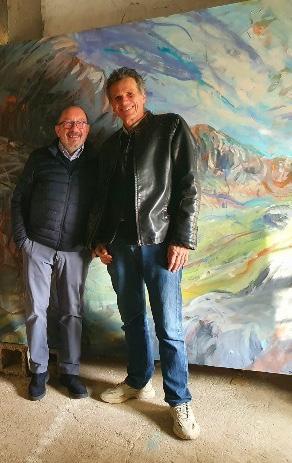
romántica, en una pintura atraída por las luces crepusculares, atormentada a veces, cuando los árboles, las montañas, los animales, se deforman expresando un desgarro interior. Visiones que liberan el inconsciente pero sin perder la lucidez, con imágenes que lo relacionan con diferentes estéticas modernas, me atrevería a aventurar que desde la visionaria de William Blake, a la de los fauvistas, los expresionistas, los Cobra o los últimos neoexpresionistas alemanes. En otras composiciones, la obra de Thomas se aparta de lo figurativo como medio de representación de la realidad y busca en la abstracción otros horizontes, acaso más libres. En cualquier caso ya sea en lo figurativo o en lo abstracto Thomas vuelca toda su intensidad emocional y su diario de vida en la pintura. Es una suerte para los almerienses que haya decidido tener aquí su casa, su proyecto de vida, su futuro de artista, aquí en estas tierras que alimentan su inspiración.
Ramón Crespo Almería, 16 de marzo de 2023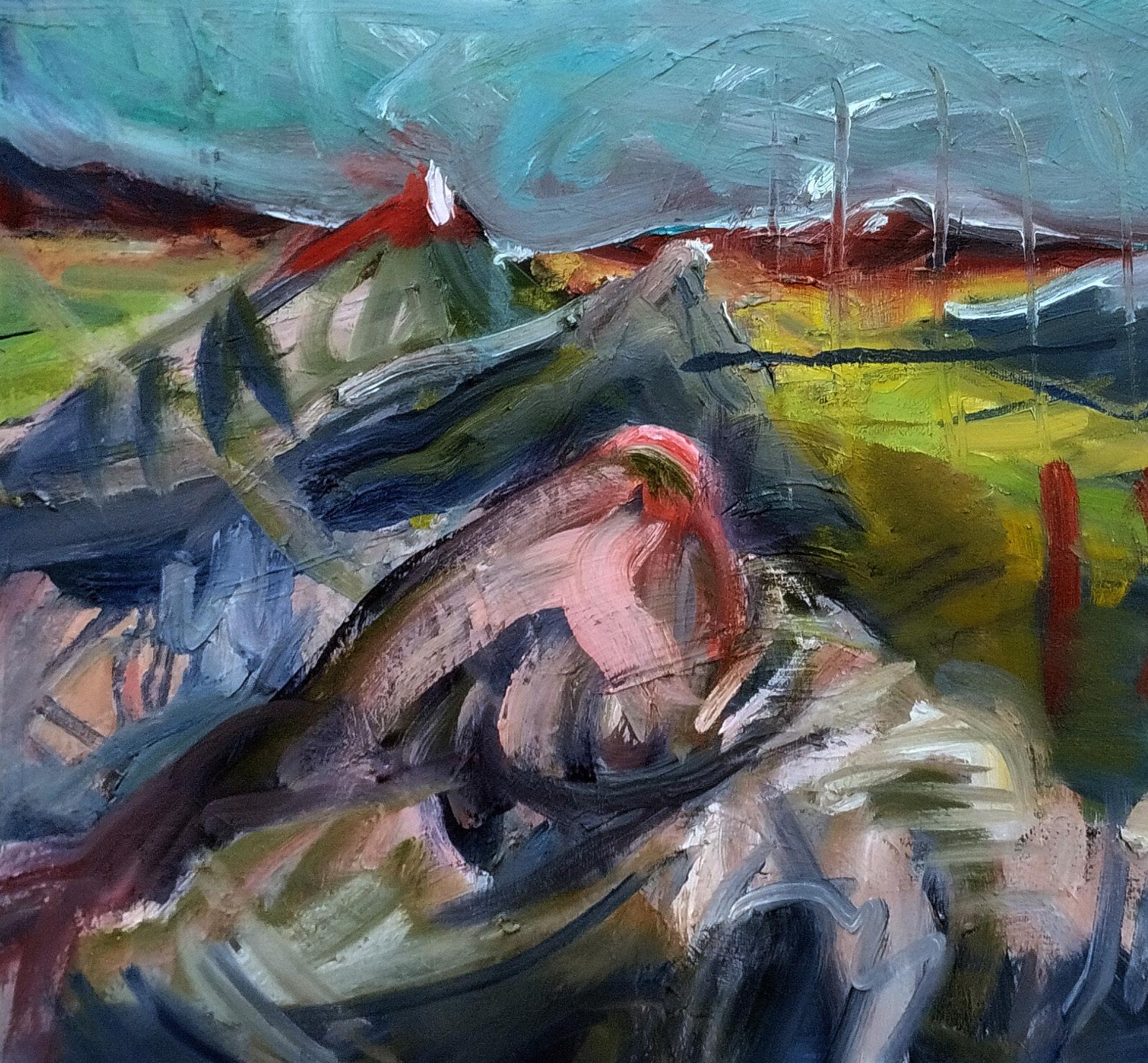
Translated from the original Spanish by Emma Randle
Far from the madding crowd, in a remote corner of Almería between Sorbas and Mojácar, lives the German artist, Thomas Neukirch. His country house is on the edge of a dry riverbed, and like the poet José Ángel Valente, I fancy he came to Almería in search of the home of the flowering lemon tree. These Almeriense lands are more fertile and generous that anyone could imagine; almond, olive and orange trees abound, a stone’s throw from the sea, bathed in salt and sun. Hidden ruins emerge from the landscape, old farm buildings with vestiges of allotments, and ancient threshing circles that now appear as magical, anonymous land art. Most of these buildings would almost certainly have remained in ruins, were it not for the people who have lovingly restored them – most of them foreigners caring for homes abandoned by Spaniards fleeing from times of poverty and need. Neukirch lives in of one these restored cortijos, away from the hustle and bustle, seeking oneness with nature. His simple house, with its wooden beams and bamboo ceilings, preserves the essence of popular architecture and simple beauty of olden times. To this lovely spot, away from any kind of modern vulgarity, I was brought by Madrid lawyer, José Luis Gonzalez, art collector and friend of the artist. The affinity that Neukirch has with this landscape that he studies and respects is clearly seen in his paintings. The artist depicts his house and surrounding countryside in his work, along with other aspects of his life: perhaps a swim in the sea, almond trees in blossom, a visit from a friend – always with his lively artist’s temperament. Neukirch uses a rectangular format for his paintings, ideal for the hundreds of small depictions of daily life that he calls the Thomanga se-
ries, in a nod to the Japanese tradition of narrative via images. The ‘Mangas of Thomas’, created swiftly and deftly, demonstrate the virtuosity of a great draftsman in their ease and technique of creation. In his works, the landscape becomes almost a dreamscape, but the artist reconciles the imaginary with what is real. Alongside well-defined black ink representations, sometimes subsequently coloured in, appear figures and landscapes freely depicted with great expression. In his larger works these expressive gestures are more clearly seen, sometimes in the extreme. The canvasses reveal a melancholy that could be rooted in the romantic, in painting attracted by the twilight, sometimes even tormented, where trees, mountains and animals are deformed expressing an internal conflict. Visions that set the unconscious free but without losing coherence, with images that resonate with various modern aesthetics, even, I dare to venture, from the visionary works of William Blake to that of the Fauves, the expressionists, the CoBrA movement or the later German neo-expressionists.
In other works, Neukirch moves away from the figurative as a means of expression of reality and seeks other, perhaps freer, horizons in abstraction. However, whether it is in the figurative or abstract, Neukirch invests all his emotional intensity and daily life into his painting.
It’s a privilege for Almería that Neukirch has decided to make his home here, his life’s work, his future as an artist in these lands that feed his inspiration.
By Ramón Crespo Almería, 16 March 2023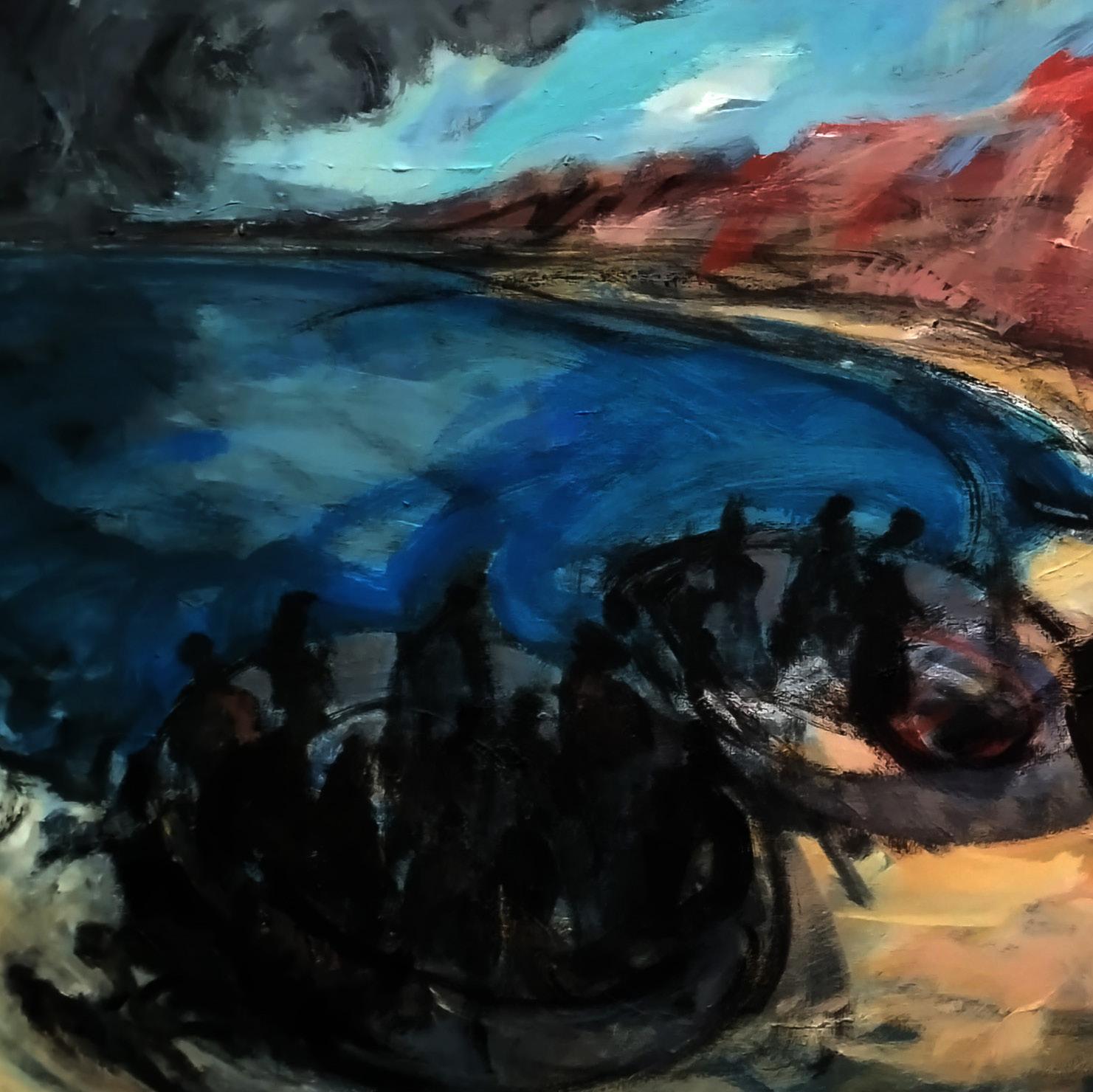
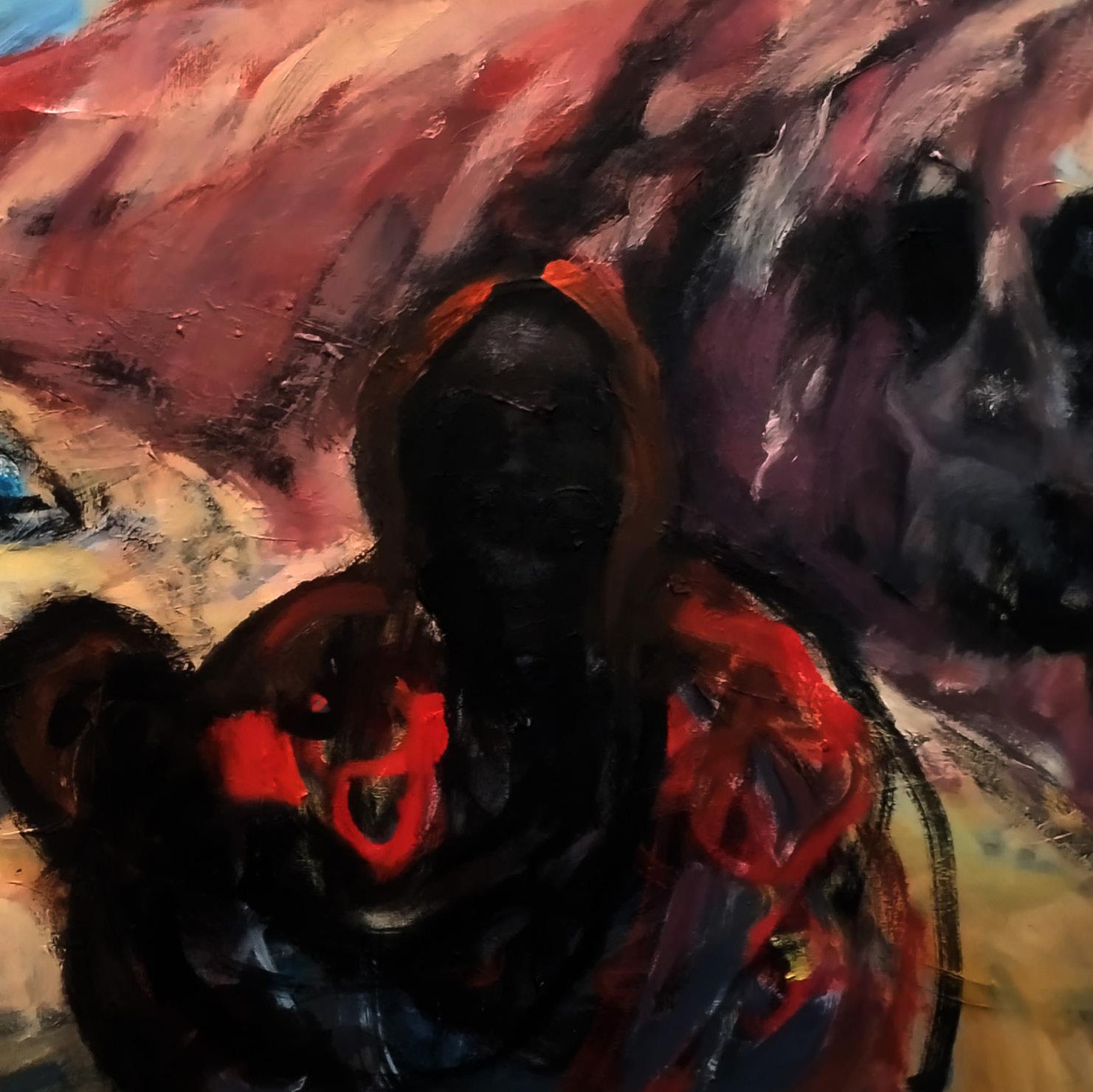



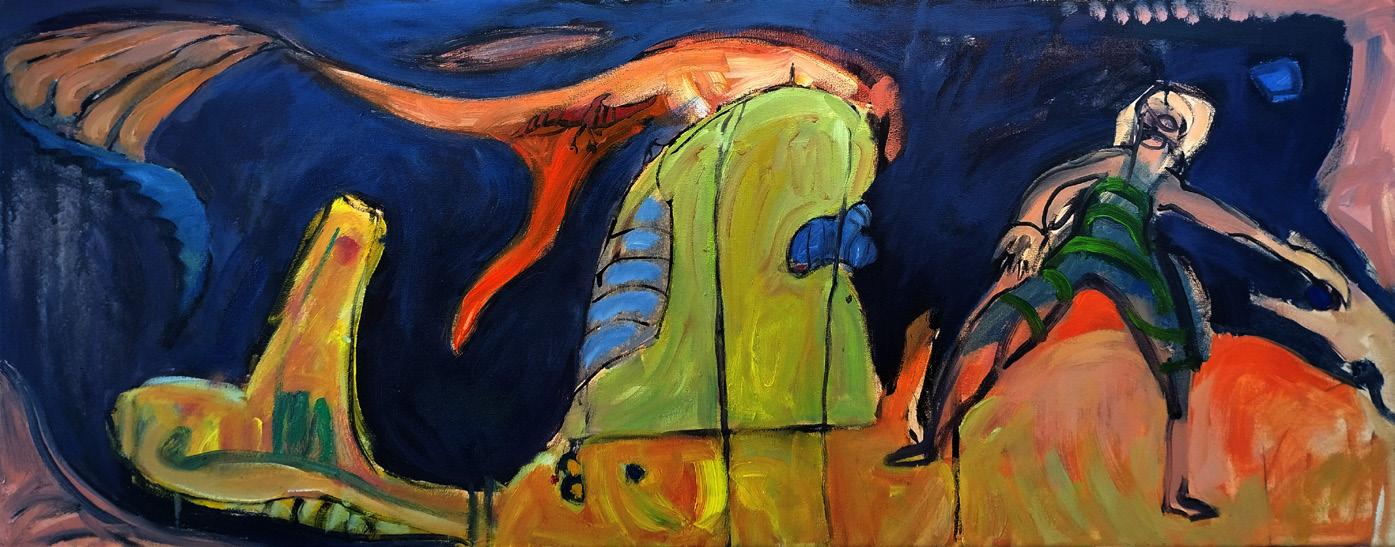

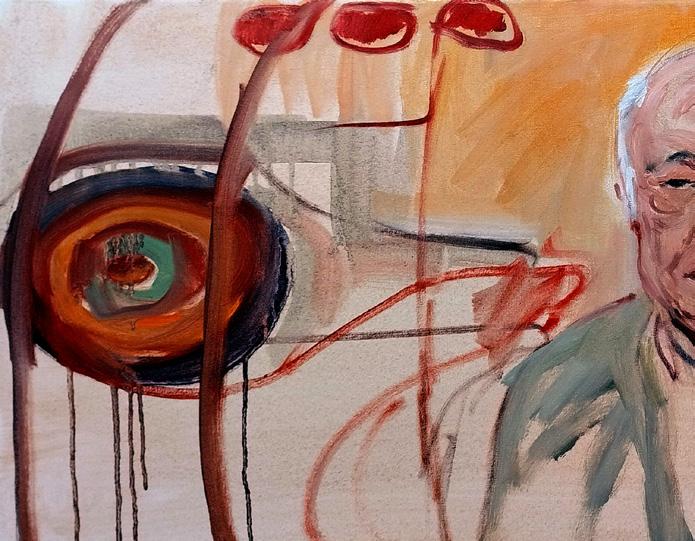
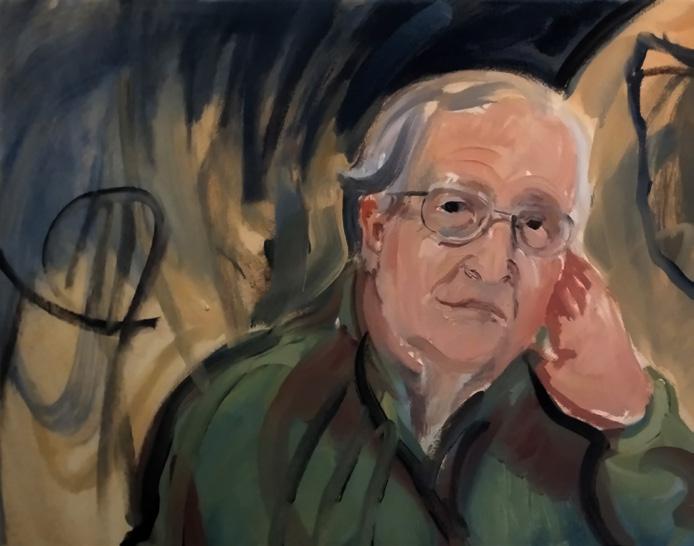
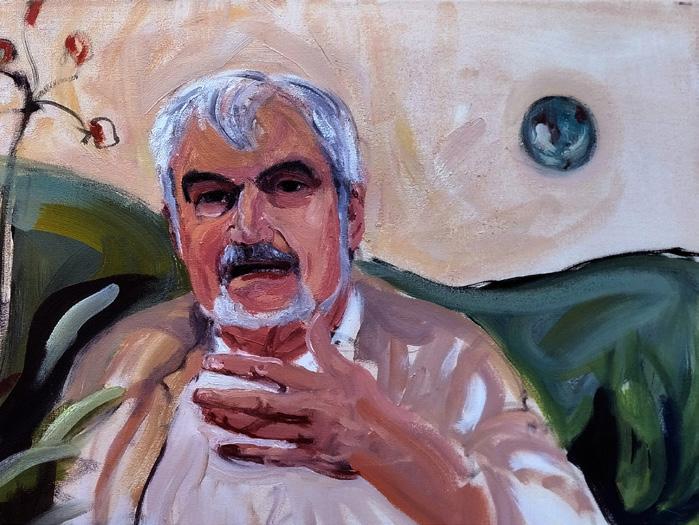
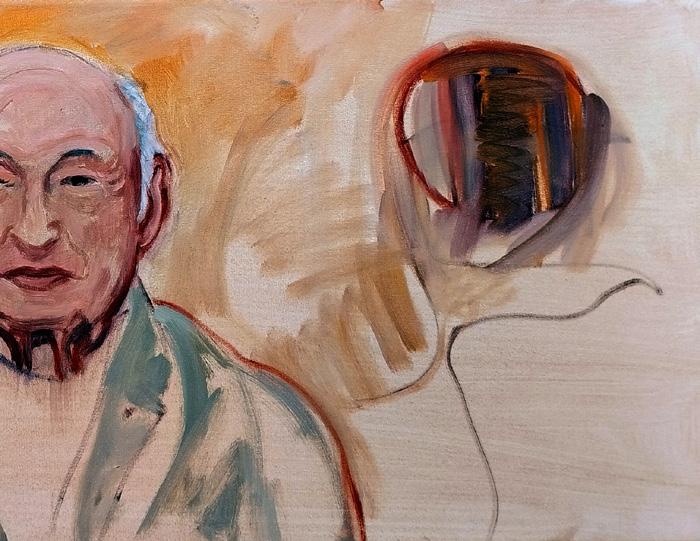
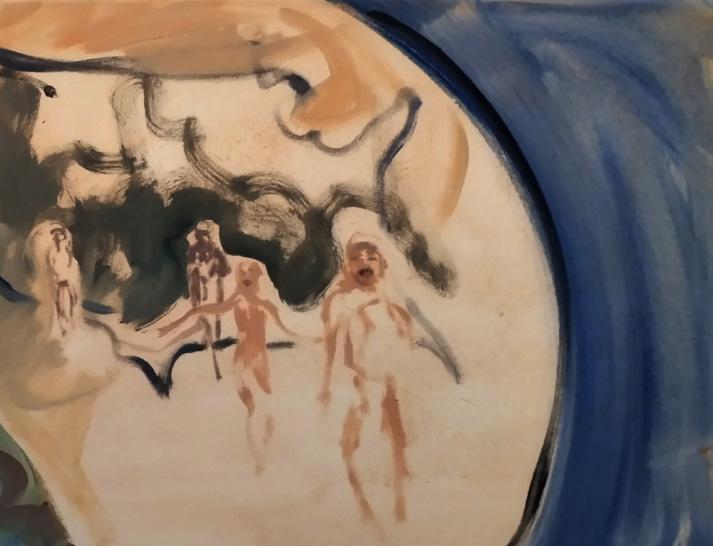

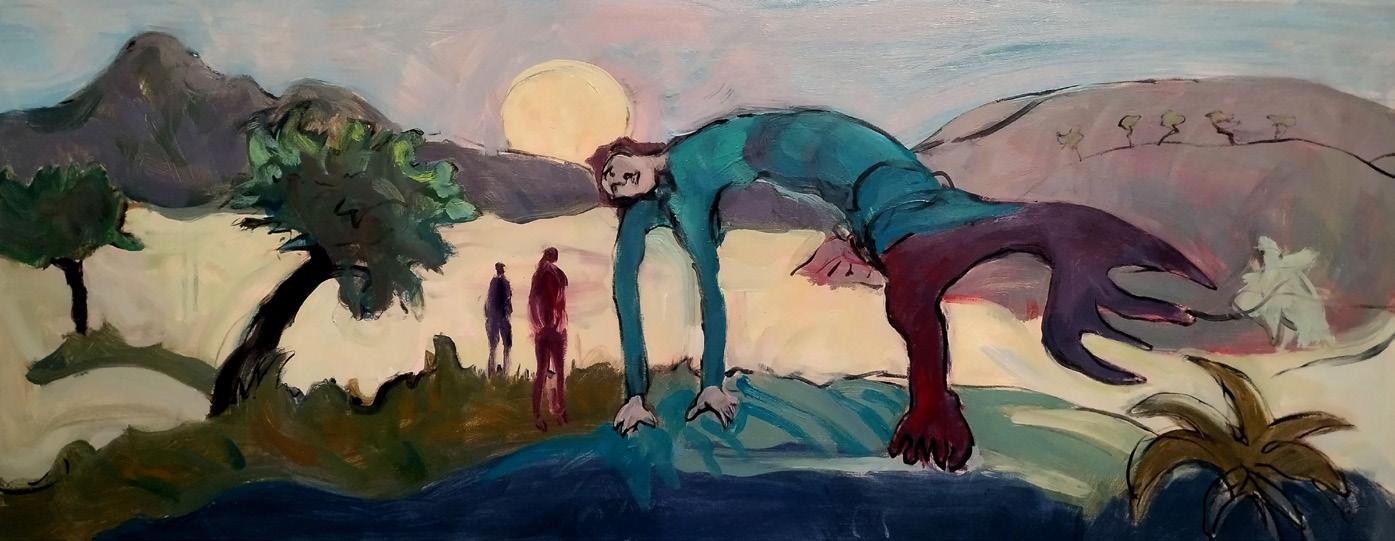
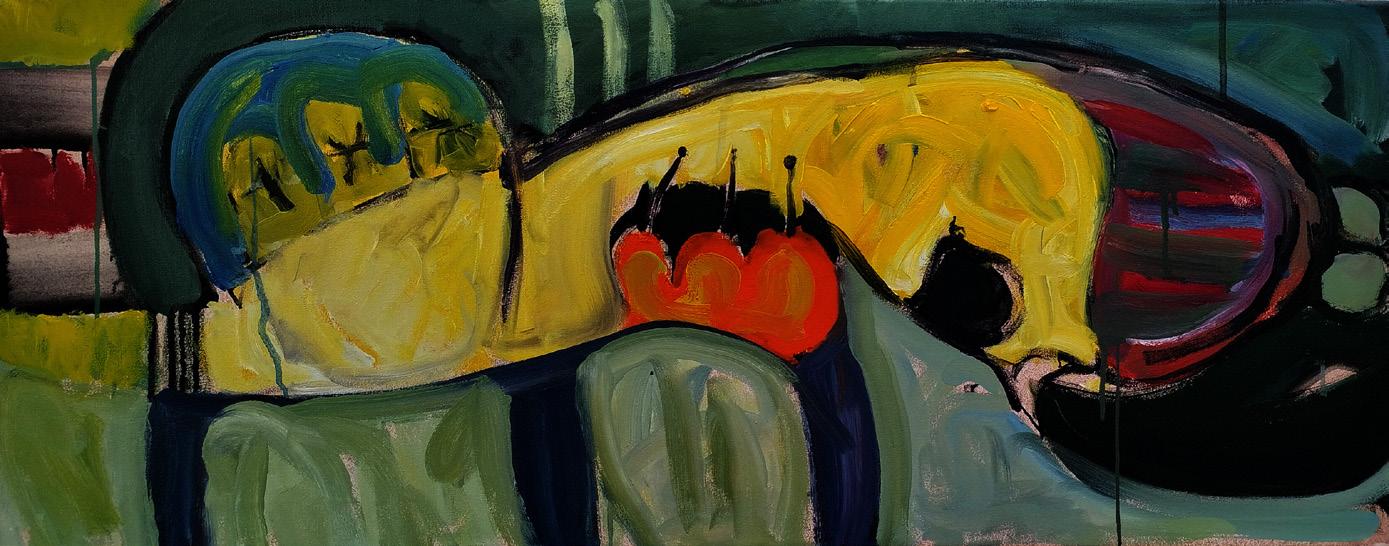
[Exit; Less is more; Upside down; Form-In form; Complexity not complication; Un matin au réveil; Petanque; Empathy not empires!; Inside] 2023. Óleo sobre lienzo. 180 x 360 cm (40 x 100 cm)
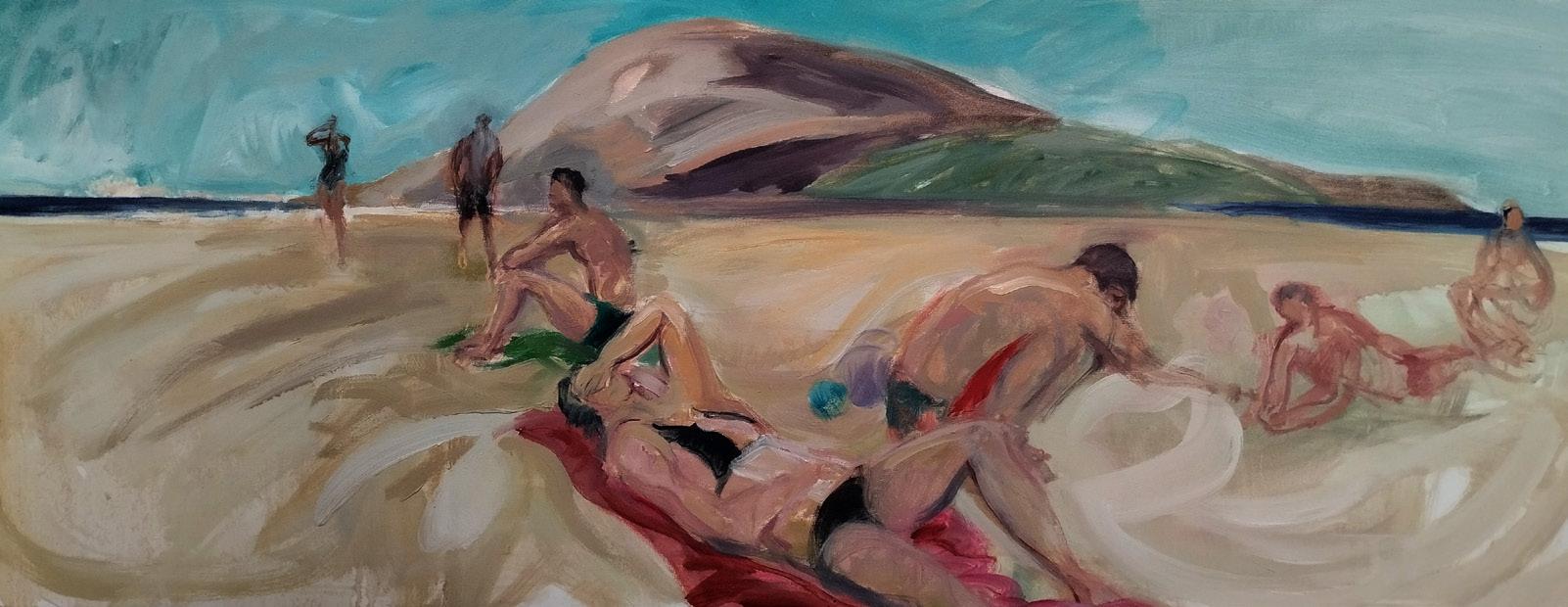



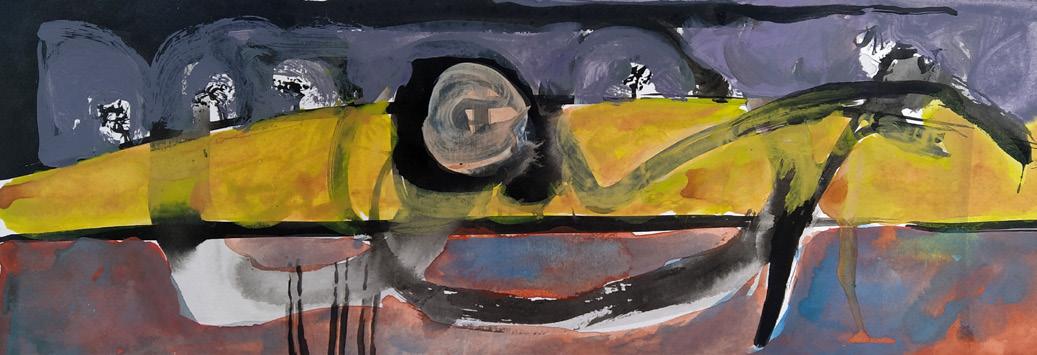


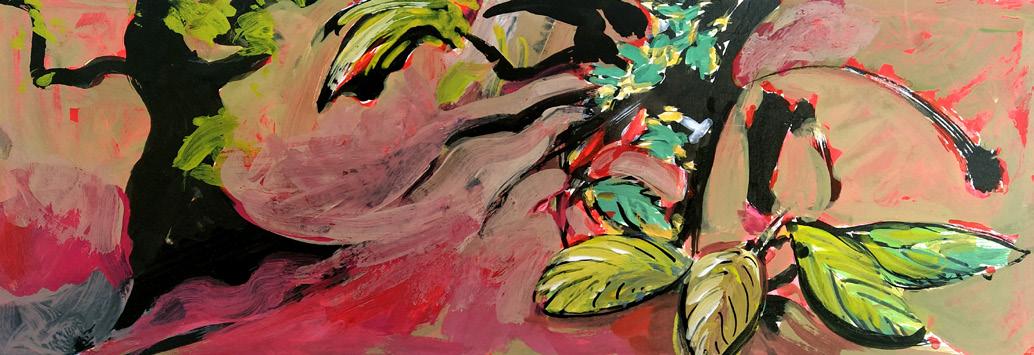



[Parallel worlds; Le noeud; Inner garden; Renaissance; Black gate; Less is more; Petanque; Dunkle figur]
2023. Témpera sobre papel de acuarela. 54 x 220 cm (12 x 32 cm)



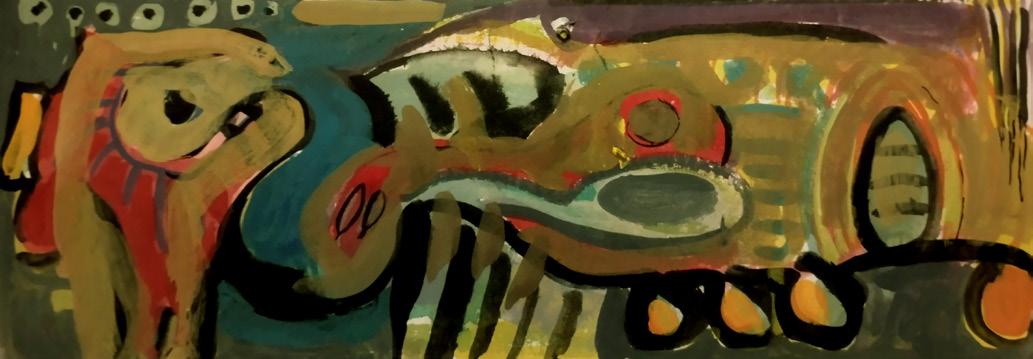

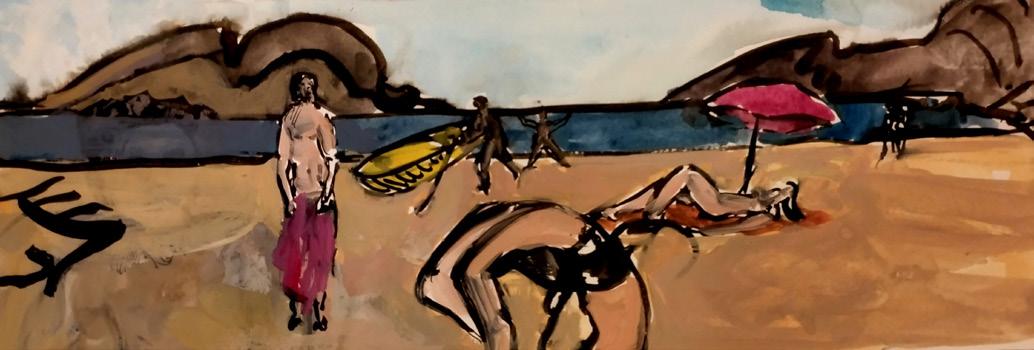


[Amigos; Sobre idealismo; Café; Souvenir d’été 4 trees, 1 man; Songe; Angry man; Animals]
2023. Témpera sobre papel de acuarela. 54 x 220 cm (12 x 32 cm)
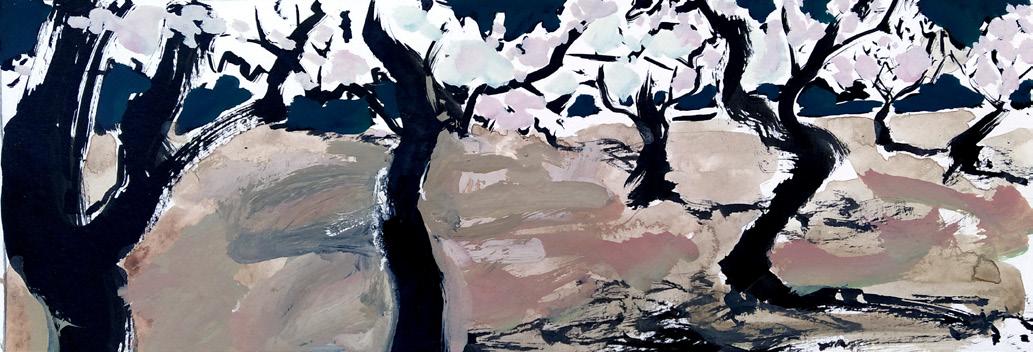
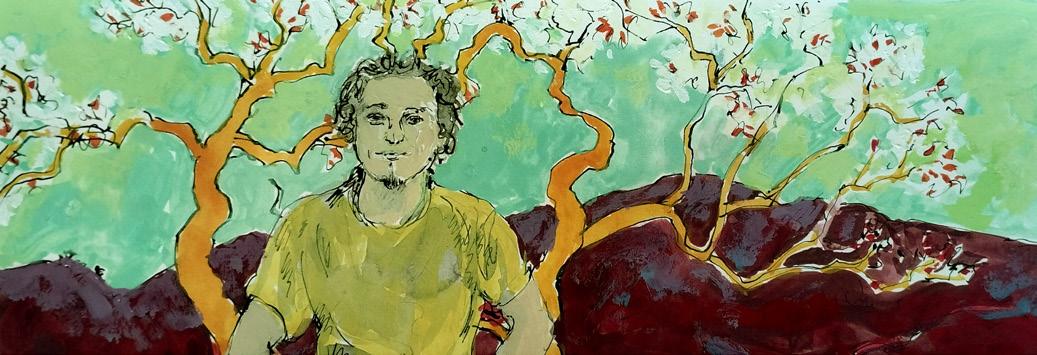
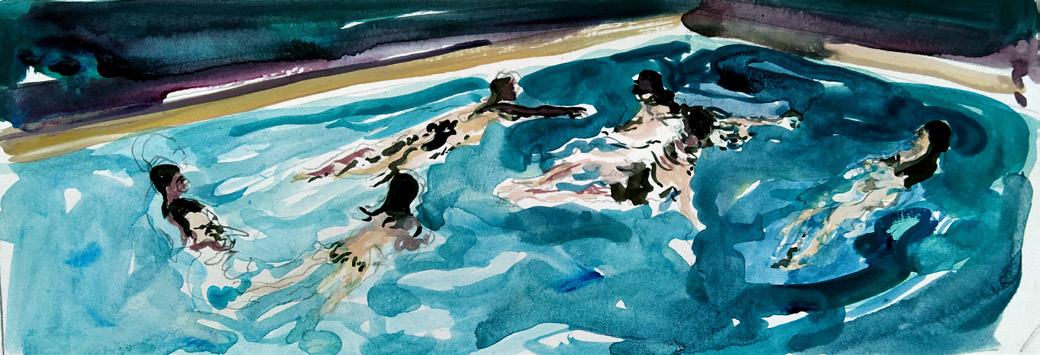

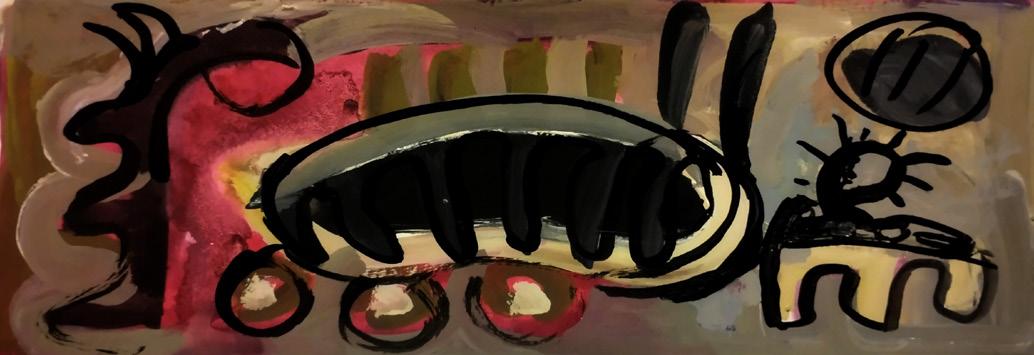



[Almond trees; Tree planter; Mother and child; The key; Pool by night 1; Childhood; Strand im July; Pool by night 2]
2023. Témpera sobre papel de acuarela. 54 x 220 cm (12 x 32 cm)
[ Animal Rights; Desillusion; Good life ] 2023. Óleo sobre lienzo. 180 x 100 (40 x 100 cm)
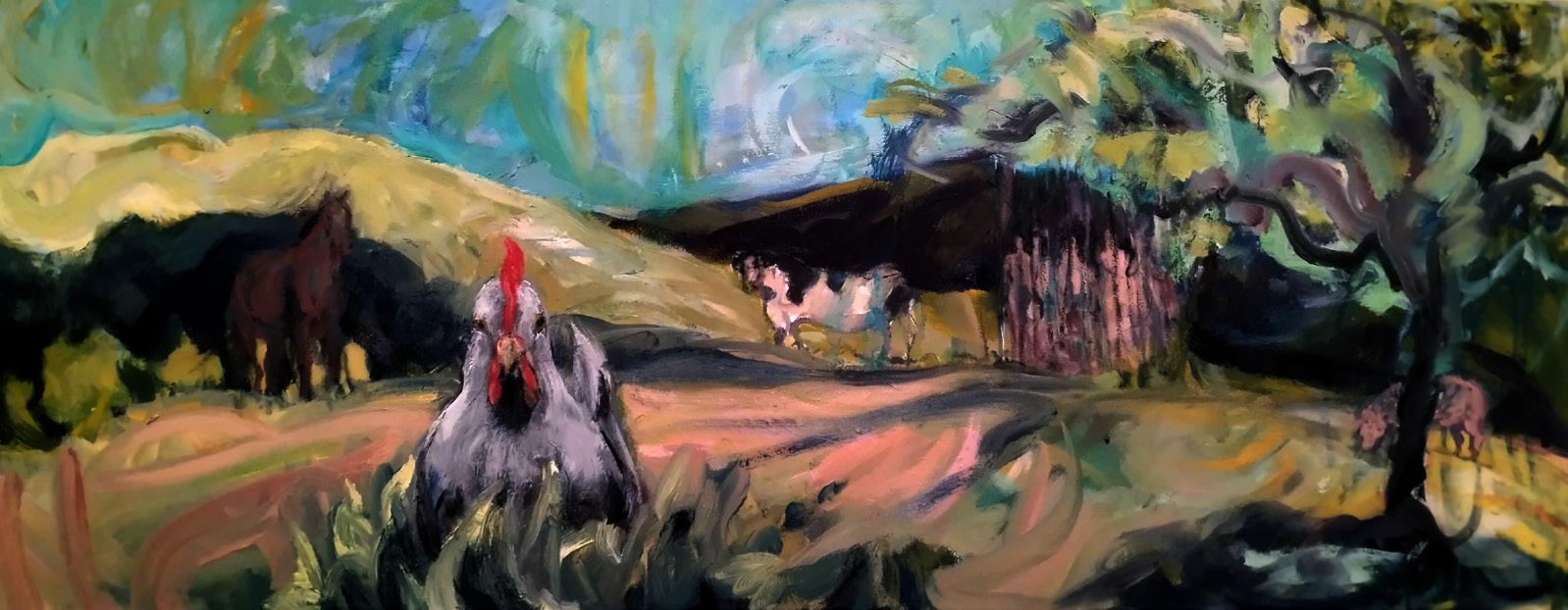


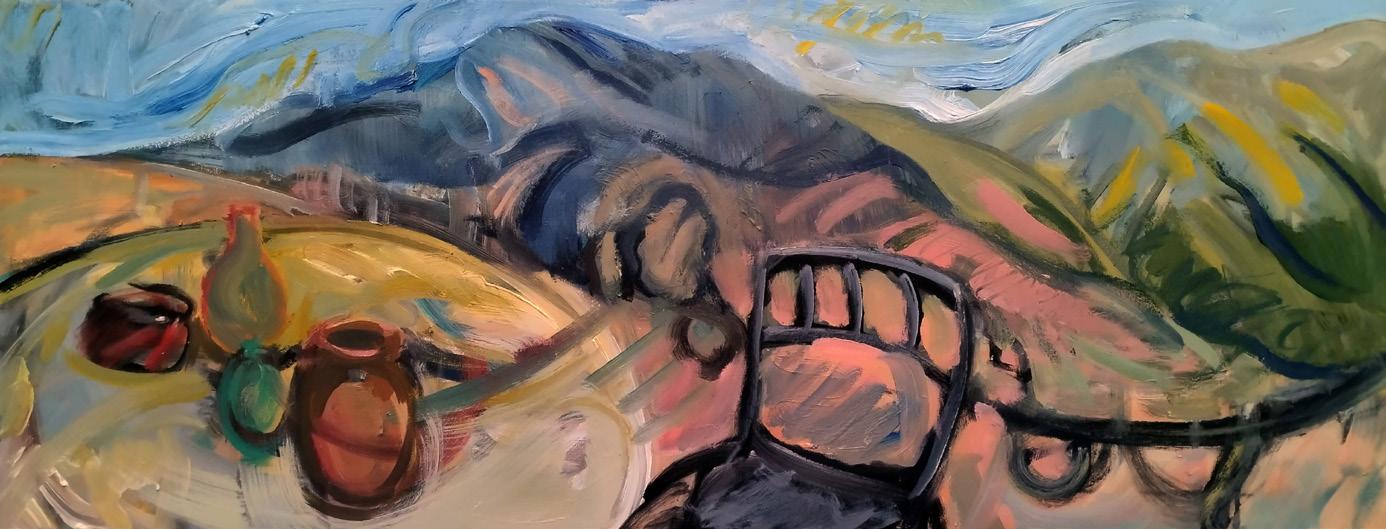
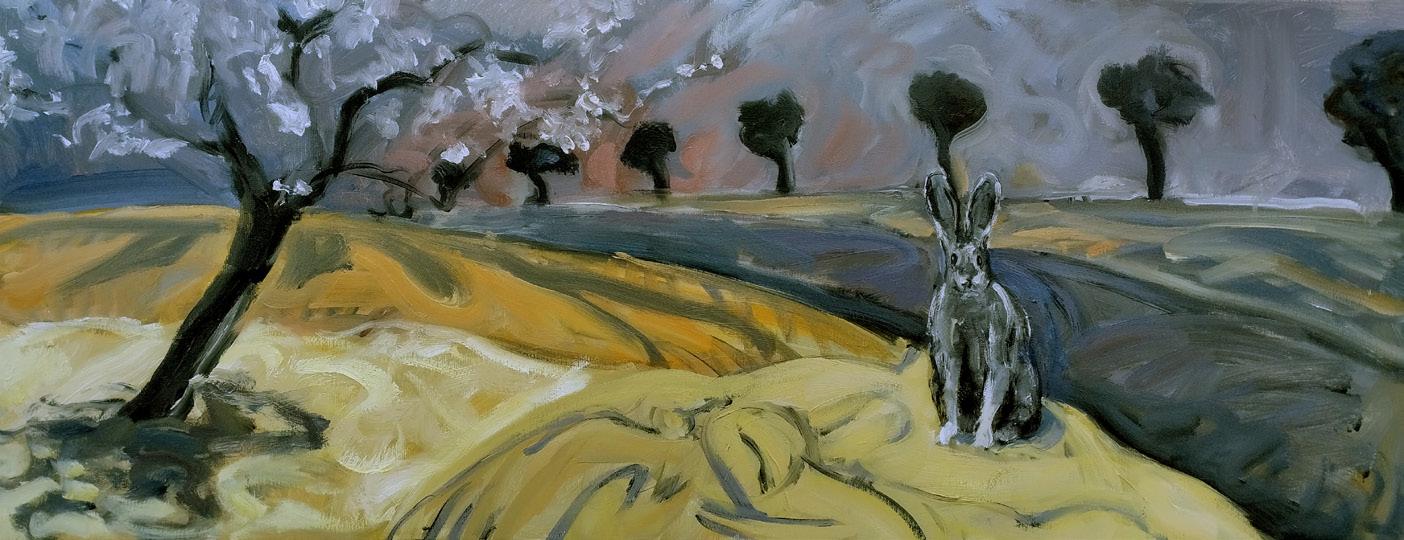
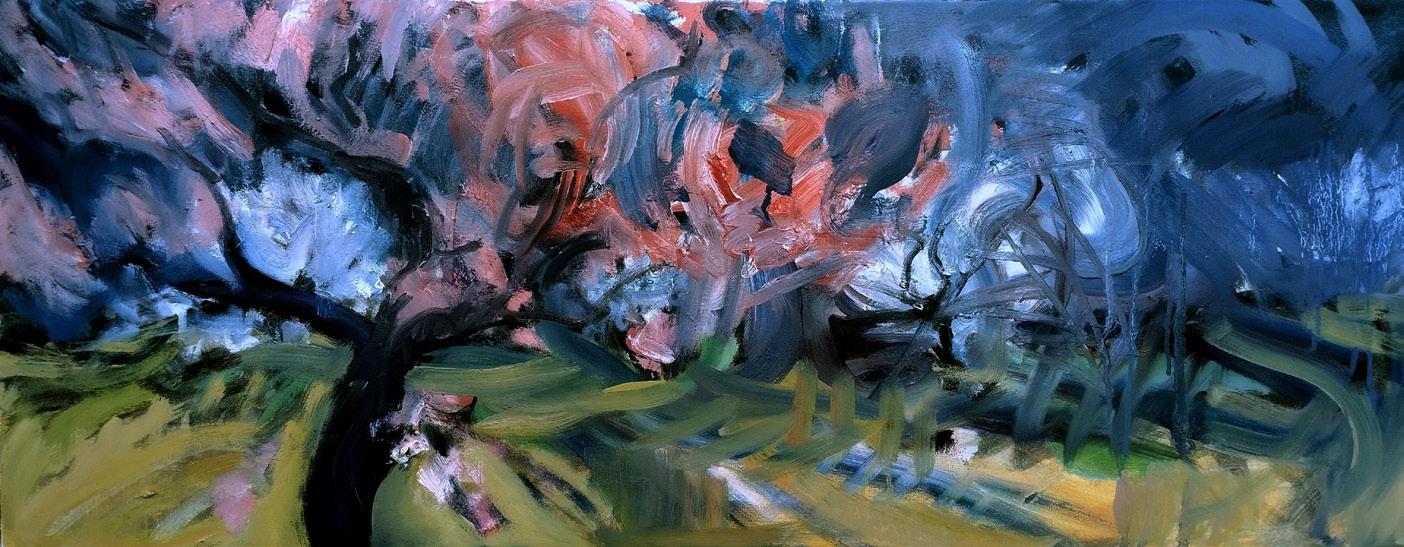

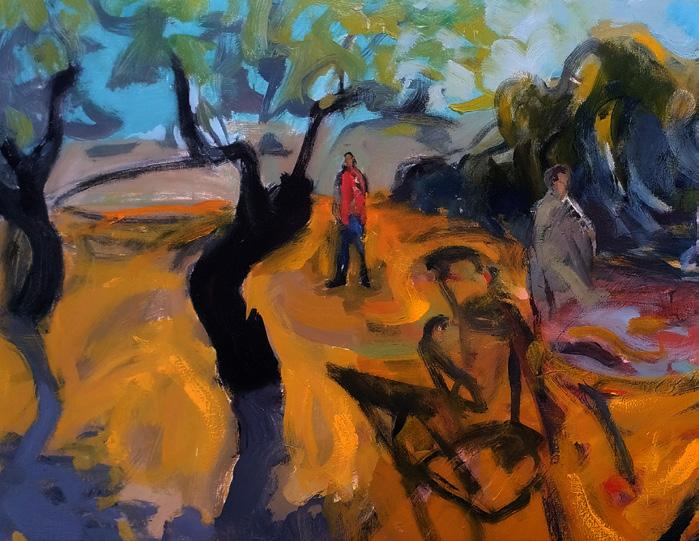






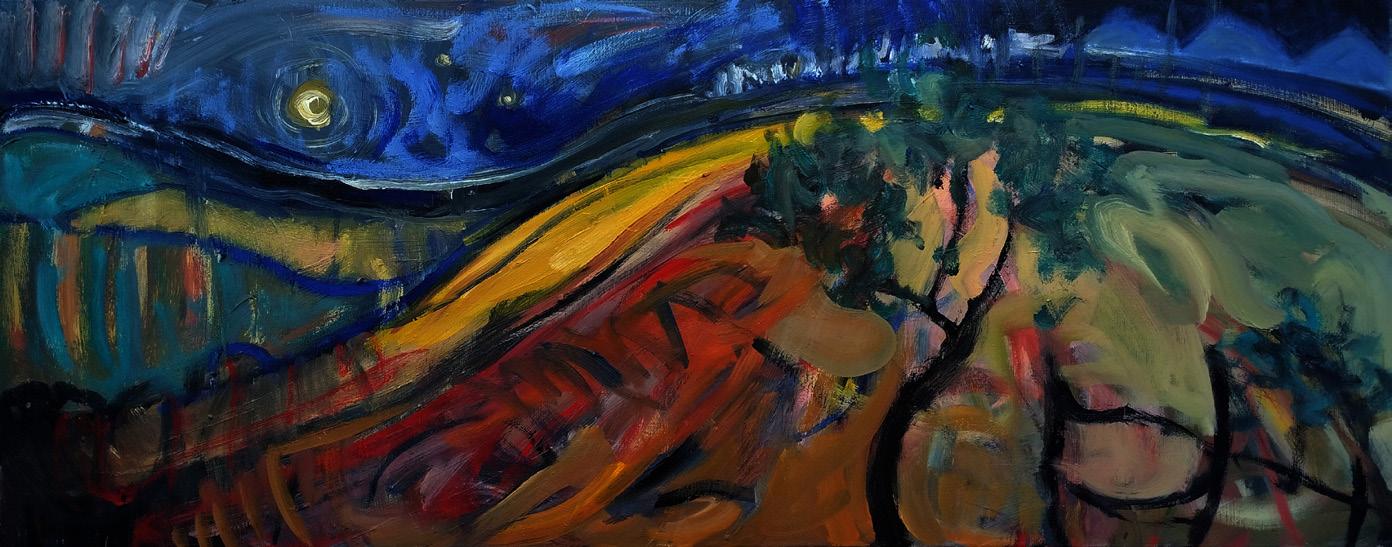
[In the garden; L’envol; Valle de El Saltador; Renaissance; Nils Holgerson in my garden; Underground; Almendros en flor; We are the virus of the Earth; Paisaje nocturno] 2023. Óleo sobre lienzo. 180 x 360 cm (40 x 100 cm)


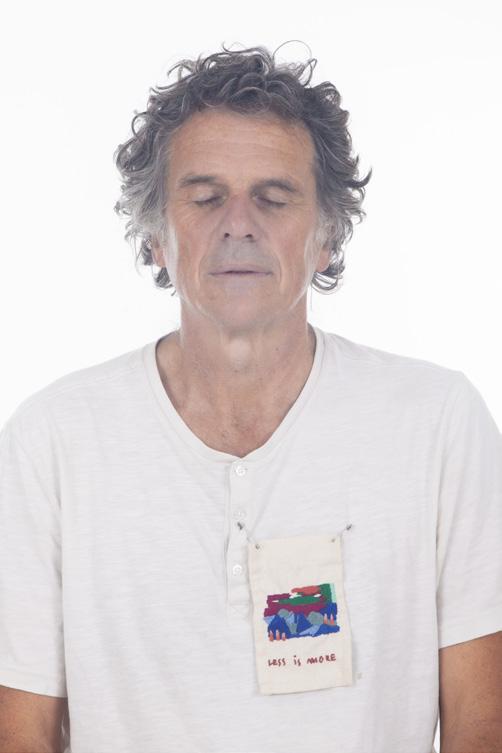
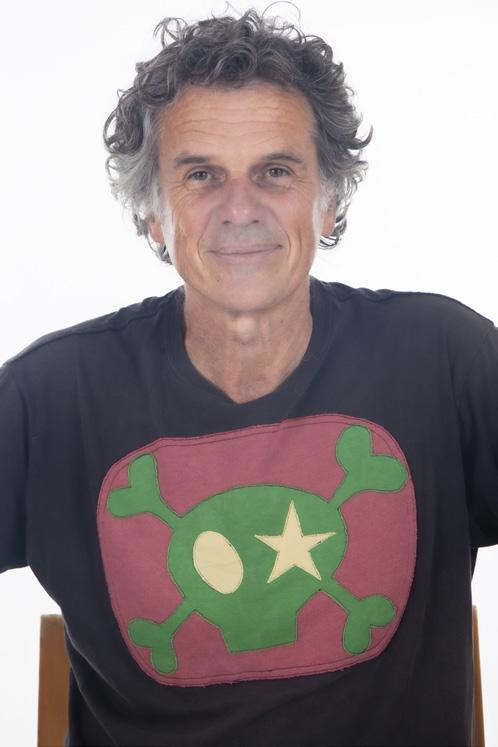
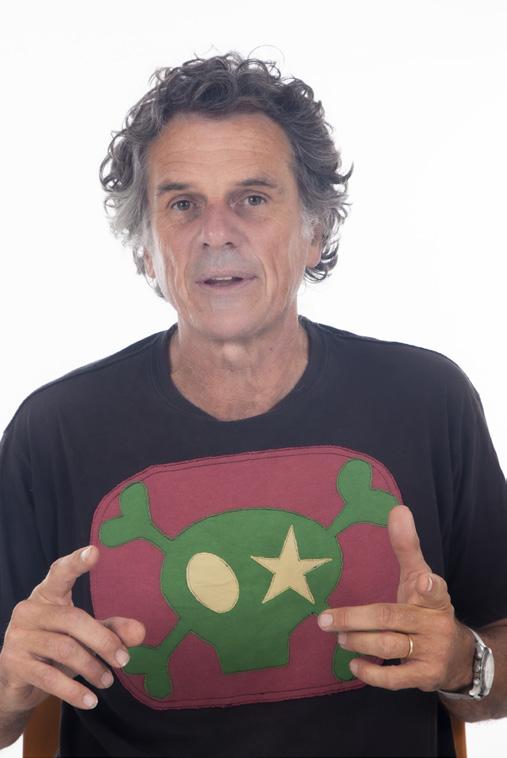

Thomas Neukirch, nació en Aufseß (Alemania) en 1961. Ha estudiado en Francia, en la Escuela de Bellas Artes de Lyon, en el taller del pintor Jean Bertholle, profesor de la Escuela de Bellas Artes de París, y en la Academia de San Roque de París.
Desde el año 1990 expone en galerías de arte en París, Lyon, Madrid, Buenos Aires, Viena, Stuttgart, Frankfurt, Granada, Colonia y Mojácar.
Sus obras se pueden ver permanentemente en la "Galerie Peinture Fraîche" de París y en la "Gallerie Andreas Henn" de Stuttgart. También podemos encontrar obra suya en colecciones públicas en Baden Württemberg, Alemania y Andalucia, España. Thomas Neukirch vive desde el año 2000 en el valle de Cariatiz, Andalucía.
Thomas Neukirch, born in Aufseß (Germany) in 1961. He studied in the "École des Baux Arts de Lyon" and with Jean Bertholle, professor of the "École des Beaux Arts de Paris" and in the academie St. Roch, Paris.
Since 1990 he exhibits in galeries in Paris, Lyon, Madrid, Buenos Aires, Vienna, Stuttgart, Frankfurt, Granada, Cologne and Mojácar.
His work can be seen permanently in the "Galerie Peinture Fraîche"in Paris and in the "Galerie Andres Henn" in Stuttgart. His work is in public collections in Baden Württemberg, Germany and Andalusia, Spain. Thomas Neukirch has lived in the Cariatiz Valley, Andalusia, since 2000.

THOMAS NEUKIRCH. ESTADOS DE ÁNIMO (STATES OF MIND)
Sala Jesús de Perceval (Museo de Arte de Almería - Espacio 2)
23 de mayo - 11 de junio 2023
Organiza
Ayuntamiento de Almería | Fundación de Arte Ibáñez Cosentino
Colabora
Diputación Provincial de Almería
Coordinación
Alejandro A. Zamora Galera
Montaje e iluminación
Blanca Mañas
Diseño materiales expositivos
Fundación de Arte Ibáñez Cosentino
Edita
Ayuntamiento de Almería | Fundación de Arte Ibáñez Cosentino
Colabora
Diputación Provincial de Almería
Textos y Fotografías
© Los autores
Dirección de Arte
Juan Manuel Martín Robles
Maquetación
Alejandro A. Zamora Galera
Diseño e impresión digital
© Fundación de Arte Ibáñez Cosentino
espacio 2
Museo de Arte Doña Pakyta @MuseoArteAlm

Museo de Arte de Almería @Museodeartedealmeria

Museo de Arte de Almería http://museodeartealmeria.com

